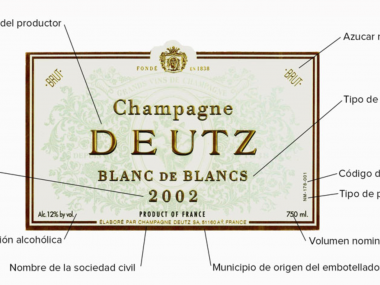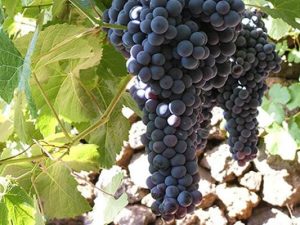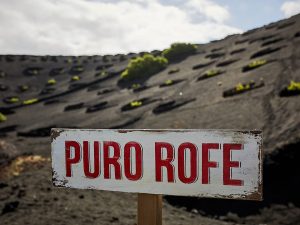Although both Champagne and Prosecco are two types of sparkling wine, the differences between them are several and some not so evident. Here we tell you the basic points by which you can tell the apart:
1. The origin
To begin with, Champagne comes from the French region, located about 130 kilometers from Paris, which bears the same name. Prosecco, on the other hand, is named after an Italian village, and is produced mainly in Veneto, Italy, near Treviso, which is about 24 km north of Venice.
The differences in their region of origin have an impact on the flavors of each type of wine. Champagne comes from a northern climate, where the grapes tend to mature with more acidity. In contrast, the region where Prosecco is produced has a microclimate that helps to produce fresh and delicious wines.
2. The method
Champagne is made using an expensive method called the “traditional method“. It is the most valued method for the production of sparkling wine in terms of quality, and is also the most expensive in terms of production. Its most important characteristic is that the transformation of a still wine into a sparkling wine takes place entirely inside the bottle.
On the other hand, Prosecco is produced with an affordable method called “Tank Method“. This method emerged during the industrial advances of the early 20th century.
The major difference between the tank method and the traditional method is that it dispenses with the individual bottle as a container to turn a still wine into a sparkling wine. Instead, the base wines are added together with the sugar-yeast mixture in a large tank. As the wine undergoes a second fermentation, the CO2 released from the fermentation causes the tank to be compressed, the wines are filtered, dosed and then bottled without aging.
Sparkling wines from the tank method have a much fresher character with stronger secondary flavours, because of the yeast. Some argue that the tank method is not as high quality as the traditional method. Although it is a more affordable process and therefore popularly used with lower quality wines, it is also used for making fine sparkling wines.
3. The price
Another big difference between Champagne and Prosecco is the cost. The difference in price between the two is due in part to differences in the production method used to make each wine. As clarified in the previous point, Champagne is much more time intensive to produce and therefore more expensive.
Another factor affecting price is demand and market positioning. While Champagne is perceived as a luxury, which makes it usually more expensive, Prosecco, being seen as more accessible, is also more affordable. However, the truth is that there are exceptional Prosecco wines, and they are also expensive.
4. Tasting notes
Another point where Prosecco and Champagne can be clearly distinguished is in the way it sits on the palate, and the flavours and aromas it gives off.
Thus, for example, because carbonation develops under high pressure, Champagne has fine and persistent bubbles. In contrast, Prosecco, when aged in large tanks with less pressure, has lighter and more sparkling bubbles that do not last as long.
5. Pairings
Finally, another point that can help us distinguish them is the type of pairing that favours each one. While Champagne usually goes very well with seafood and crispy fried snacks, Prosecco, being sweeter, can be better paired with cured meats, fruit snacks and Asian cuisine.






